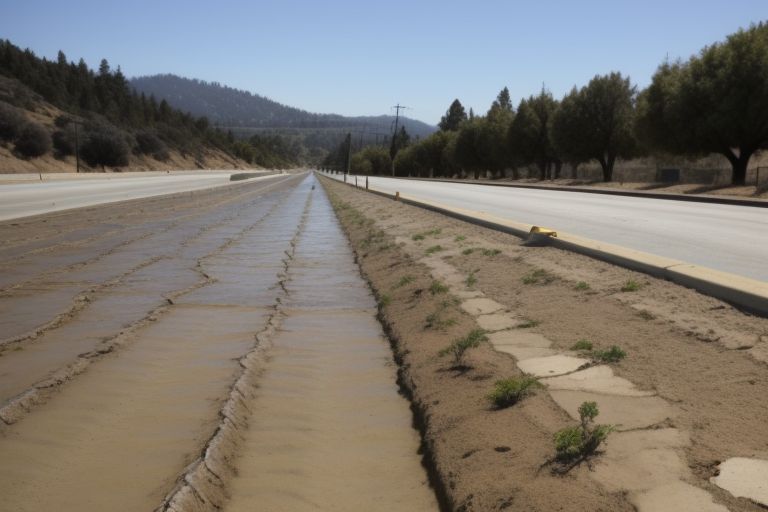California has been in dire need of housing for decades and the problem has now taken a worse dimension following the release of new figures that show the increasing number of homeless people in the state. While billions are spent, and many policies are implemented, 6% more people are now homeless in California and there are approximately 174, 423 people who are living in sheds, cars, or in temporary shelters.
Growth of homelessness is fast as California faces one of the worst scenarios in the country due to the exacerbation of the following factors that affect housing. The decline in renters’ wages, rising housing prices and the effects of the COVID-19 pandemic on Californians’ income have led to increased homelessness in the state. Currently, the average rent for a one bedroom apartment in the city of Los Angeles and San Francisco is above $2,500 per month meaning that housing is becoming a luxury that only the well off can afford.
The crisis force policy makers, advocates, and residents to have heated discussions regarding potential solutions to the problem. California Governor Gavin Newsom has recognized the issue as the state’s top priority and has introduced measures such as Project Roomkey and Homekey that seeks to turn hotels and motels into short-term and long term homes for the homeless. Although there have been some positive outcomes in such programs, opponents claim that they are not expanding fast enough to address the demand.
A new idea being discussed is the ‘right to housing’ which if passed will put pressure on cities and counties to house all homeless people. Some have said that such a law would put pressure on local governments to be more proactive in the creation of space and supportive housing for shelters. However, those against, which include some local authorities, are concerned with the possible expenses, and other issues that may arise when enforcing such a requirement.
The housing crisis has also brought back the issue of zoning laws and development codes back into the society. A set of laws adopted over the past several years addresses the issues of simplifying the process of building housing and increasing the density of single-family neighborhoods. Still, these measures have been met with opposition from some local communities who have held concerns on issues of blight and the additional load on the facilities.
The problem of mental illness and substance abuse still remains a major factor to the homelessness issue. It is estimated that about 50% of the state’s homeless population suffers from mental disorders or substance use disorders, meaning that simple provision of shelter is not enough. The state has started programs like CalAIM to align health and social services for the targeted populace but it faces difficulty in the process of its execution.
With the worsening of the crisis, conflicts between the ‘housed’ and the ‘homeless’ populations have emerged or increased in many places. Living in tents in areas that are accessible to the public has raised serious concerns especially on issues to do with security, hygiene and nuisance. To enforce this some cities have conducted sweeps to remove these encampments and this has been deemed as a strategy that sweeps people off the streets without first addressing why they are homeless.
The cost of the housing crisis is not only limited to the people living in the streets as evidenced by the survey. Employers have noted problems with staffing and retaining employees because of high cost of rent and affordable housing, and middle class families are unable to afford to own homes. The situation has led to a net outflow of people from California within the past couple of years and housing costs were cited as the main reason for moving.
While California struggles with this challenging and systemic issue, it is becoming increasingly understood that the concept of ‘affordable housing’ will not be resolved without the assistance of the federal, state, and local governments, the private sector, and the non-profit organizations. As the human and economic impacts of inactivity continue to rise, California is faced with the need to look for unprecedented and efficient ways to address one of its biggest problems.











Leave a Reply